5 Real World Examples of Digital Twins
What is a digital twin?
Imagine being able to test scenarios for your products, processes or facilities before adopting them for your business. That’s what digital twins are for. Already, companies around the globe are creating and using this technology to improve processes, supply chains, facilities management and more. Below are just a few examples of how digital twin technology is transforming a range of different industries along with the fabric of our lives.
CAPTION: A digital twin can be as big or as small as you can imagine. (Image by ItNeverEnds from Pixabay)
An exact replica of a real world item – anything from a machine to a building and even a city – that’s created digitally. The term digital twin was coined by Michael Grieves at the University of Michigan in 2002. However, NASA has been using digital models of real word things for around 50 years – most notably with the Apollo 13 mission. Gartner selected digital twins as one of the world’s Top 10 Strategic Technology Trends for 2017 way in 2016.
The digital replica is created with digital drawings, plans and IoT sensors. The plans an drawings are the foundation of the physical item in a virtual space. Sensors then collect data from that thing and sync it with the digital model to create a real-time replica.
The uses for this technology is near limitless. As you might expect, digital twins are being used in myriad ways and transforming multiple operations. From manufacturing to healthcare, facilities management to product design, digital twins are often the technology behind improved operations, innovative employee training and product testing.
Five real-life examples of digital twin technology
MANUFACTURING
Manufacturing is one of the key areas that digital twins are changing operations. Automotive manufacturers have taken digital twin technology to revolutionise the way cars are made. Ford develops seven digital twins for each model of vehicle it produces. Each twin covers a different aspect of production from design to build and operated. They also use digital models for the manufacturing process, production facilities and customer experience. For their production facilities, the digital twin accurately detects energy losses and pinpoints areas where energy can be conserved and overall production line performance improved.
HEALTH CARE
Manufacturing isn’t the only area digital twins can be used to improve processes – healthcare is also receiving a boost from the technology. Digital twins of patients or their organs enable practitioners to simulate procedures and specific environments before trying them in real life. Bandage sized sensors are used to collect real-life data and inform the digital twin to improve health care.
ENERGY SYSTEMS
Energy is another sector benefitting from digital twins. GE’s wind farm has increased productivity by as much as 20%. The real-time information fed to their digital replicas from sensors on each of the turbines enables more efficient designs and even suggests changes for making each active turbine more effective.
TWIN HOTELS
Simulating real-life events and situations in restaurants is helping the hospitality sector improve the configuration of kitchens and dining areas for better people flow. Hotels are also jumping in on the emerging tech to analyse the use of their facilities and deliver personalised service to each guest.
TWIN CITIES
If digital twins of factories, hotels and wind farms can improve efficiencies and processes, how about an entire city? Singapore and Shanghai both have complete digital twins that work to improve energy consumption, traffic flow and even help plan developments. Smart cities are fast becoming a reality, providing an excellent way to reduce pollution and increase the wellbeing of residents.
The applications for digital twins is far-reaching, changing the way we create, use and optimize physical spaces and numerous processes. The management of facilities and assets of any imaginable type becomes far more effective with the use of a digital twin. Imagine how digital twin technology could transform your own operations.
PALAMIR has decades of expertise in both the physical construction industry and digital worlds with the right partners to help you on this journey.
Talk to us now to help you with your Digital Twin on +61-1300-1-725-2647 or contact us via our Contact Page.

